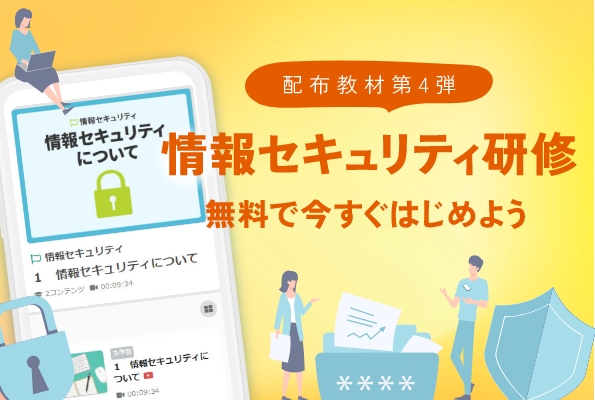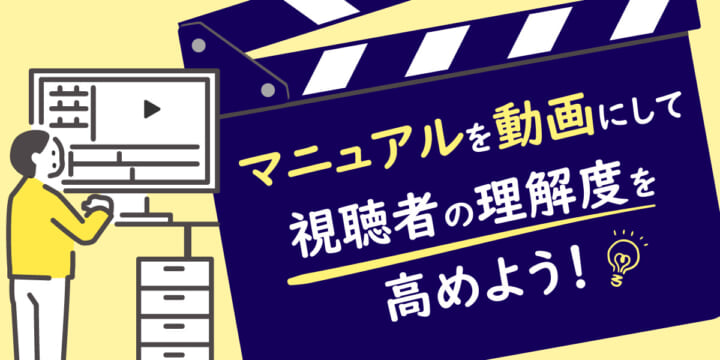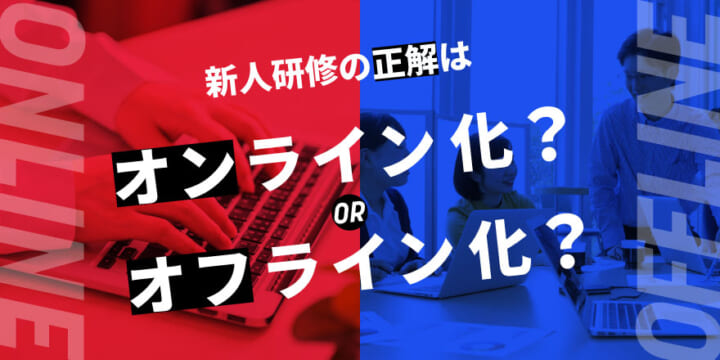Great effects of in-house training on small and mid-size enterprises
Great effects of in-house training on small and mid-size enterprises
Personnel development plays a very important role in your business.
Everyone knows as it is, however, it is also true that such enterprises face challenges in in-house training.
Compared to large corporations, small and mid-size enterprises (SMEs) are smaller in business, and their management systems are not yet fully in place.
So what is the most effective way to develop human resources for small and medium-sized businesses?
Let us introduce the current situation of personnel development which SMEs are faced with, and how to deal with it.
Content
- 1. What is personnel development?
- 2. The current situation of personnel development
- 3. Four "NOs" that hinder personnel development in SMEs
- 4. The strengths of SMEs
- 5. In-house training by the value of SMEs
- 6. Summary
What is personnel development?
In the first place, personnel development refers to the development of human resources that leads to beneficial factors to the business.
Without efficient employees, companies will face daunting management.
Therefore, effective personnel development will lead to the improvement of performance by each employee, which in turn will lead to an improved bottom line in business.
Three elements required for personnel development
・Train up efficient employees
・Establish stable company structure
・Improve business achievement
Personnel development has great advantages for both trainers and trainees.
Examples include trainers' growth by mentoring, and the company culture of mutual cooperation.
The current situation of personnel development

Let's take a look at the current situation of personnel development in SMEs.
One of the problems that many SMEs face is a shortage of skilled workers.
This is the reason why many of the corporations adopt the method of learning the job through actual work.
Even though this can be one of the effective methods, you need to be aware of the drawbacks.
That is to say, "Practice makes perfect" does not work.
If you have enough human resources and time to train them, it does not matter whether you implement such a program.
However, in the limited time of training, it cannot be inevitably "perfect" just by practice, in other words, "learning by watching."
If you make use of limited time, it is important to convey the knowledge well before practicing it.
Variation in content among trainers should not be overlooked as well.
Furthermore, this method can be a trigger to make employees feel that they are not given proper training and are shunned.
Low motivation by employees possibly causes early retirement.
Considering an aging population and a decreased birth rate, it is a prerequisite to increase employee retention.
It is preferable to choose another effective method for personnel development than "Practice-makes-perfect method."

Four "NOs" that hinder personnel development in SMEs

The following are main reasons that hinder the development of human resources in SMEs:
1. No one afford to be a trainer
2. No personnel development framework
3. No time for personnel development
4. No budget for training
Let's take a look at each difficulty in detail.
1. No one afford to be a trainer
As for fewer employees than large companies, the larger amount of business volume tends to be assigned to each employee in SMEs.
In addition, effective human resource development requires solid knowledge, planning and management, as it is necessary to select methods and time frames that are appropriate for each employee's career, whether they are a new employee, a mid-level employee, or a manager.
Large companies have a person in charge of personal development, but for SMEs with limited human resources, it is quite a hardle to assign an employee as a trainer. Therefore, the effects of personnel development will be less than what is prepared by large companies.
2. No personnel development framework
As stated above, people learn their jobs through practical work in many cases in the current situation of SMEs.
This method relies on individual knowledge and skills, and therefore does not accumulate know-how in personnel development. Without know-how, it becomes difficult to teach things in a systematic way, and effective training and educational methods cannot be selected. This will drop in efficiency on personnel development.
3. No time for personnel development
If you are busy working, you may not have time to be trained.
In SMEs, the task at hand tends to take priority, which leads to afterthought of education and training.
In some cases, those who are responsible for training are also overburdened with other tasks and do not have time to train employees.
Forcibly cramming training into such a situation where there is no room for both parties will not be sufficiently effective.
4. No budget for training
Compared to large corporations, SMEs with a weak financial base may find it difficult to raise funds for personnel development.
In some cases, the extremely high cost of the training program may strike at the heart of company management itself.
The strengths of SMEs
Although it tends to catch your eyes only on the weaknesses of SMEs compared to large companies, there are many strengths of SMEs.
The key steps acting as effective personnel development for SMEs is whether to leverage their strengths or not. So what are these strengths? Let us show you the following three tips.
1. Quick decision making
In the case of large corporations, there is a gap between the decision-makers and the people in charge on the frontline when making any decisions, and the process takes time.
On the other hand, the barriers between such members are low on SMEs, allowing for quick decision-making. Therefore, good ideas can be implemented immediately without missing the opportunities.
2. Easy communication in the company
In large companies, there is a clear separation between the vertical divisions of supervisors and subordinates and the horizontal divisions of each department, so if you are in charge of different things, there is not much communication.
In SMEs, on the other hand, there are often multiple tasks to be performed at the same time, and the responsibilities are not clearly divided. Also, it is expected that employees are able to communicate more openly and closely with each other.
3. Flexibility in management
Large companies need a long preparation period to carry out large-scale projects, which takes a long time to actually start working.
SMEs are able to make decisions on new businesses and to change direction quickly due to the small size of their investment costs and personnel, allowing them to manage in a small and efficient manner.
In-house training program for personnel development

SMEs have strengths that large companies cannot easily imitate. What kind of human resource development is best suited to take advantage of these strengths? We recommend an in-house training program. Do you think that such a program is only for large companies? In-house training for personnel development has attractive advantages for SMEs as well. In fact, it is for SMEs that the program is worth trying. You will know the advantages below.
Optimize the training content for your company
Unlike off-the-shelf generic training programs, you can create a training program with content that is perfectly adjusted to meet the conditions and needs.
We can provide practical guidance on how to think about your company's management and how to carry out your work.
Modify and change the content
The system can be quickly updated to meet the ever-changing needs of the company as well as social situation.
It can also respond to the flexible management of SMEs.
Improve employees' skills by taking charge of training
The employee in charge of training looks back at his or her own work and considers from scratch how to communicate most effectively.
By teaching others, they gain a deeper understanding, and by gaining experience in training others, their leadership and human resource development skills are enhanced.
Accumulate training know-how
Once the content is created, it is shared within the company and accumulated as know-how.
Summary
Effective personnel development is essential for all companies to survive in the future. In-house training is tailored to the needs of the company, which will attract more attention day by day.
Do you still think you cannot afford to do an in-house training program since your company is not large enough?
Why don't you give it a try anyway?
"What will happen if I convert my current training to e-learning using learningBOX?"
"I don't have any programming knowledge, is that okay?"
"What functions does it have?"
Our customer support team will be able to answer all your questions and concerns when introducing e-learning for the first time.
First, you can use the free Free Planto experience the many functions and ease of use of learningBOX.
- Seven points for creating a training curriculum for new employees
-
How to Develop a New Hire Training Plan
-essential steps for curriculum setting-
Comment ( 0 )
Trackbacks are closed.








No comments yet.